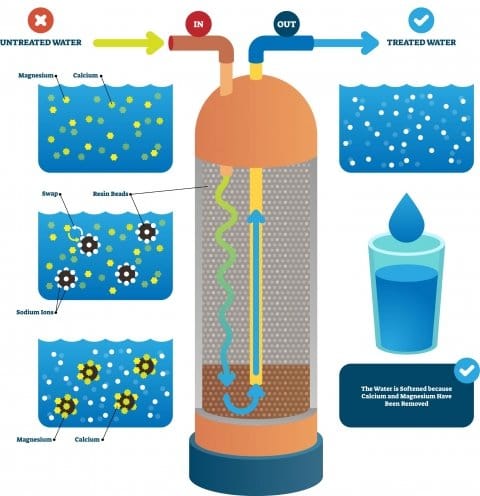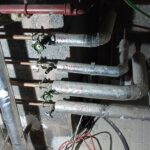A Simple Guide to Keeping Your System Efficient
If you rely on a water softener at home, you may have wondered how often it should regenerate. The short answer: it depends. But getting the timing right can save water, reduce salt usage, and keep your system running smoothly.
Let’s break it down.
What Is Water Softener Regeneration?
Water softeners remove hard minerals like calcium and magnesium from your water using tiny resin beads. Over time, these beads fill up and need to be cleaned with a saltwater (brine) solution — that cleaning process is called regeneration.
Without regular regeneration, your softener can’t do its job, and you’ll start to notice hard water problems again.
How Often Should It Happen?
A water softener might regenerate every few days or just once every couple of weeks. The frequency depends on a few key factors:
1. Water Hardness
The harder your water, the more minerals the softener has to remove. That means the system reaches its capacity quicker and needs to regenerate more often.
2. Resin Capacity
Different softeners can hold different amounts of hardness minerals. Systems with a larger resin tank can go longer between regeneration cycles.
3. Water Usage
The more water your household uses, the faster the resin beads get saturated. Bigger families or high-usage homes typically trigger more frequent regeneration.
4. System Technology
Modern softeners use smart sensors to track usage and resin saturation. These demand-based systems regenerate only when needed, which saves water and salt. Older models may regenerate on a fixed schedule, regardless of actual use.
How Does the Process Work?
During regeneration, the system:
- Draws brine (salty water) from the salt tank.
- Flushes the resin beads to remove calcium and magnesium.
- Resets the beads to the “sodium” form so they can soften water again.
The whole cycle usually takes about 70 to 90 minutes.
Why Salt Matters
Salt powers the regeneration process. Low salt levels = ineffective regeneration.
Make sure to:
- Check salt levels regularly (once a month is a good rule of thumb).
- Use the right salt type — your system manual will tell you what’s best.
Signs Regeneration Isn’t Working
If your system isn’t regenerating properly, you might notice:
- Limescale buildup
- Spotty dishes
- Scratchy laundry
- Drop in water pressure
These could be signs that your softener is unplugged, on bypass mode, or needs servicing.
Final Tips
- Regeneration keeps your water softener working efficiently.
- Frequency depends on your water hardness, usage, and system size.
- Smart softeners can help automate and optimize the process.
- Don’t forget to refill your salt — your softener depends on it!













Leave a Reply
You must be logged in to post a comment.